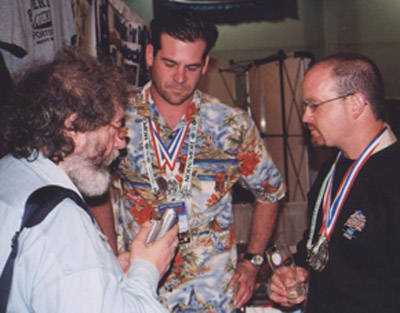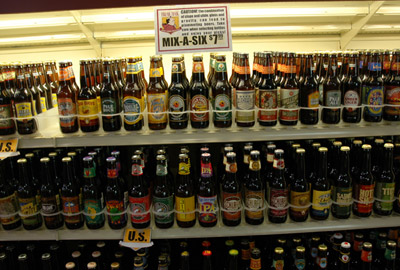Anything less than a Singha now would be making Martha Graham do the Hokey Pokey. – From the beer menu at Baan Sawan Thai Bistro in Columbia, S.C.
The State in South Carolina found this beer menu quirky enough to write a story about, and discovered an interesting 27-year-old behind it.
When Sam Suaudom Jr. wrote descriptions the first time around he stuck to more technical descriptions and efforts to describe flavor in conventional ways. Version 5.0 is quite different. Suaudom told State:
“It just seemed like they were asking specifically what was written in there. Well, I should just write what I want.”
So Suaudom, who graduated from the University of South Carolina’s School of Journalism and Mass Communications, went off the deep end with descriptors, employing a pattern of florid, first-person accounts of romantic settings punctuated by a witty twist.
Granted, some of the descriptions have nothing to do with flavor, but Suaudom said beer and wine sales increased from 12 percent to 25 percent of Baan Sawanâ’s total sales since he began making the special menus.
A couple of examples:
Budweiser and Bud Light
Mr. Randall Oxley popped open his Bud and waxed rhapsodic on his current romantic imbroglio. His descriptions were urbane yet ribald and as his companion chortled good naturedly he opened his own beverage. The sound of his Bud Light answered that of the Bud. ‘What should I do?’ Oxley asked. ‘Oh, my good man,’ responded Lord Ottombottom, ‘What shouldn’t you do?’
Baltika #6 Porter
Her eyes cut into me as she poured her #6. It was as dark as her hair and her heart and she eased a finger up the side of the glass to catch an errant drip of froth that had spilled over. I looked away as she licked her finger clean. I drank my own #6 and tried to lose myself in its coffee and chocolate bitterness but my own bitterness was distracting. I hate her so much. But don’t tell her I said that.
Suaudom said a man told him he blushed when reading the description of Baltika. Suaudom didn’t say if he ordered the beer.

